WHITE PAPER: Gender inequality—how COVID-19 impacted women
November 1, 2021 | coronavirus, gender equality, women's health
In this edition of MAGNIFI, we take a closer look into global gender inequality and how the pandemic has disproportionately impacted women. We ask—what can be done to level-up women in a post pandemic world and protect them in the future?
COVID-19 has affected us all, but who is shouldering the burden of the global pandemic?
Once the global pandemic took hold, almost every person in every country was affected in some way; through illness, lockdowns, working from home, school closures, redundancies and more. Life as we knew it changed and some of us were affected more than others. More men than women have been severely ill or died after contracting COVID-191–4 but the pandemic has highlighted inequality globally and impacted the lives of women more than men overall.5
The Beijing Platform for Action in 1995 highlighted 12 critical areas of concern that needed to be addressed for the advancement of women’s rights.6 September 2020 marked the 25th anniversary of this movement. However, the pandemic has put the limited gains made by this movement at risk of being set back. The impact of COVID-19 has amplified pre-existing inequalities across the globe which is further worsening the impacts of the pandemic.
The economic status of women often leaves them more vulnerable to sudden changes in their income or responsibilities. In addition to financial difficulties, women also saw a bigger increase in unpaid care work compared to men.7 This bigger burden compounded with their economic struggles to further worsen the situation for women and girls across the globe.
The unique healthcare needs of women were also impacted. Sexual and domestic health resources were reallocated in an effort to respond to the pandemic,8 leaving women vulnerable to preventable diseases and gender-based violence. Despite the easing of some restrictions and the reopening of these services, the health of women is still being impacted by misinformation surrounding fertility and the COVID-19 vaccine.9-11 This could cause a further health crisis for women as it leaves them vulnerable to becoming severely ill from the virus.
In this edition of MAGNIFI, we take a closer look into global gender inequality and how the pandemic has disproportionately impacted women. We ask, what can be done to level-up women in a post-pandemic world and protect them in the future?
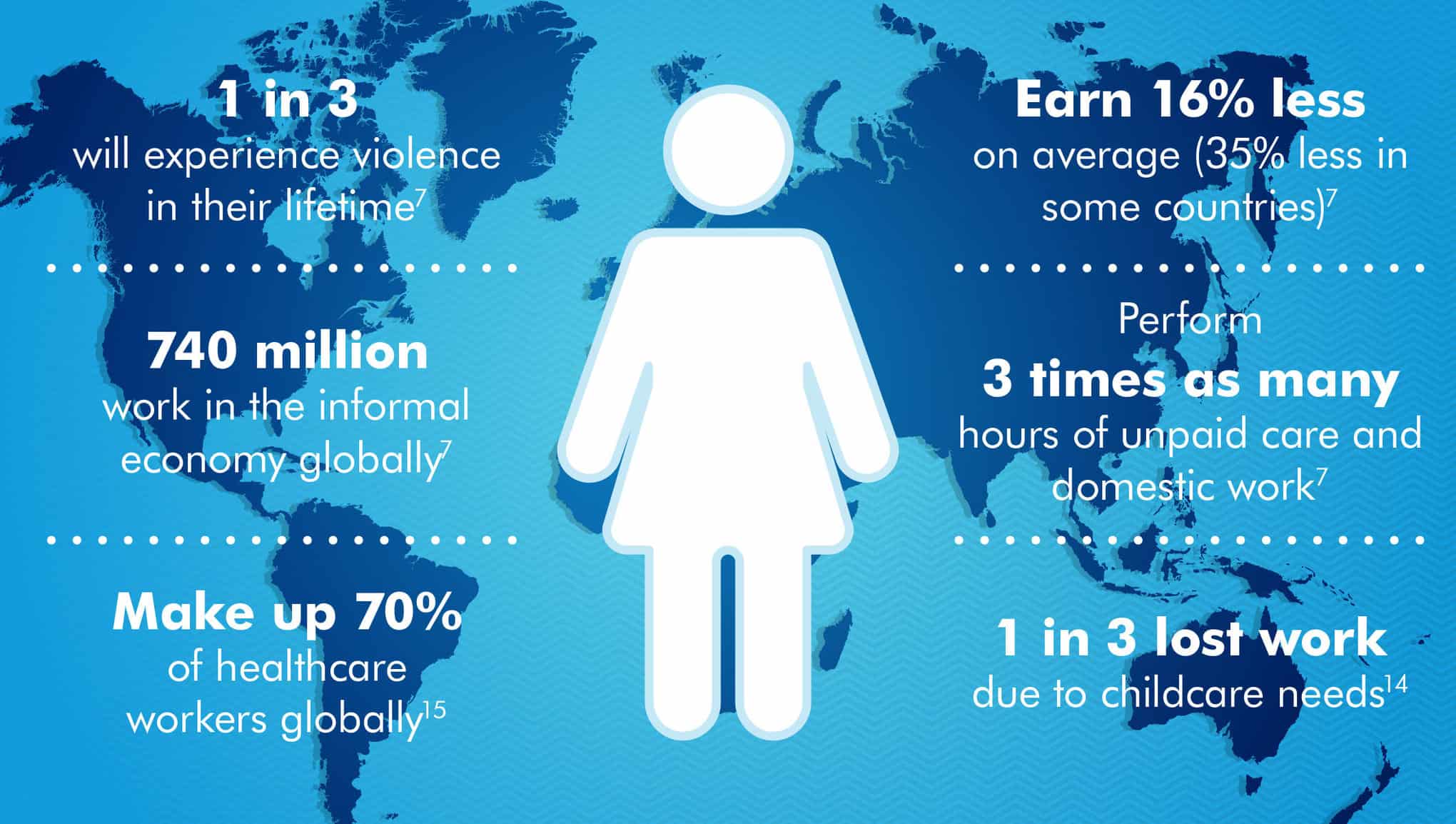
The impact of the pandemic
Economy
The global economy is being propelled into a recession because of COVID-19 lockdowns and the following supply chain issues.12 Evidence from the UN suggests that women’s economic and productive lives will be impacted disproportionately to men’s. It is known that globally women earn less, save less, and hold more informal jobs such as those with zero-hour contracts.7 On average, women earn 16% less than men, with women being paid 35% less in some countries.6
740 million women work in the informal economy globally.7 This was one of the sectors that was worst hit by national lockdowns. Jobs in the services, retail, hospitality, and tourism industry (where women are overrepresented) were the first to close, last to reopen and subjected to lay-offs. Working in the informal sector means women often have less access to social protection programmes and so are less able to absorb economic shocks compared to their male counterparts. The UN is also predicting that there could be a prolonged impact on women’s income and employment status because of the pandemic compared to men.7
Unpaid care work
In many societies around the world, women are seen as the homemakers and main caregivers in the family with men going out to work. However, the balance has shifted over the past few decades with women also working full and part-time jobs. Yet, women were still doing 3 times as much unpaid care and domestic work as men pre-pandemic.7 Juggling paid and unpaid work is linked to lower income, wage inequality and increased mental/physical health stressors in women.7
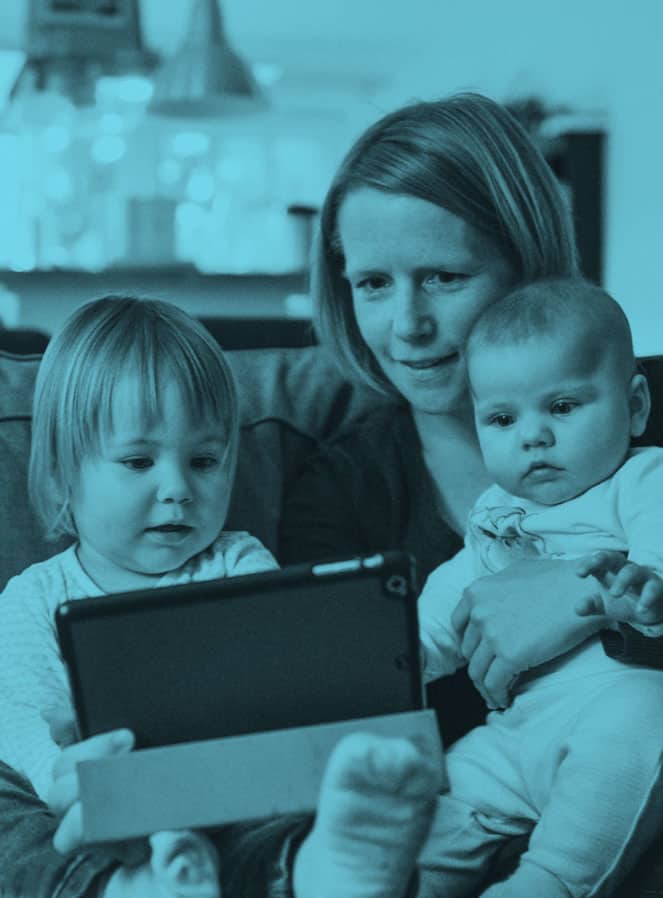
School closures and caring for shielding relatives led to a further increase in the burden of unpaid care work for women and highlighted how dependent the formal employment sector is on this invisible work. In the US, women are the majority workforce in key worker jobs (e.g., hospitals, pharmacies, grocery stores), meaning many women were unable to work from home during the pandemic.13 This led to a choice of working fewer hours or finding alternative care arrangements for children that were unable to go to school. A choice rarely made by men as social norms dictate that women should look after the children.
1 in 3 working mothers reported having lost work due to childcare.14
Women in healthcare
Women make up 70% of the healthcare workforce and are more likely to be on the front-line working as nurses, midwives, and community health workers.15 Despite being the majority workforce in the healthcare sector, this is often not reflected in the representation of women involved in national or global decision-making in the response to COVID-19.7
As a result, PPE provided for women is often not adequate to protect them from exposure to the virus due to it being a “default man” size.7 This type of “invisible” inequality is something women have had to deal with for decades, but the impact has been exacerbated by the pandemic. This means women are more likely to be exposed to the virus due to their job. Data on total healthcare workers infected with COVID-19 in Spain and Italy show that 72% and 66%, respectively, were women.7 Another study in China of frontline healthcare workers showed that women and nurses had a higher risk of developing depression, anxiety, insomnia, and distress because of responding to the pandemic.16
Health risks for women
Before the pandemic, it was estimated that 1 in 3 women will experience violence in their lifetime.7 The implementation of lockdowns meant that many women and girls were now trapped inside with their abusers and this led to increased reporting of domestic violence by upwards of 25% in many countries, while other countries reported cases have nearly doubled since the start of the pandemic.17,18
This increase in gender-based violence was heightened by the reallocation of resources for many women’s health and reproductive services in response to the pandemic.8 These services are essential in both developed and developing countries where there is already a struggle to meet the healthcare needs of women and girls.
It has been reported that millions of women and girls have been deprived of family planning services due to the reallocation of resources in the wake of COVID-19.17 Lack of access to sexual and reproductive health programmes can cause a dramatic increase in maternal and neonatal deaths, and the number of unsafe abortions being performed which come with their own life-threatening risks.
Eva De Plecker, head of the Médecins Sans Frontières (MSF) working group on reproductive health and sexual violence, said “I fear that routine reproductive health and sexual violence services are not being sustained—that they are less prioritised, and that women and girls will not find the care they need”.19
The reopening of these services, especially in developing countries, is essential for women’s rights to be met and to ensure that we do not reverse the gains already made to end inequality for women globally.
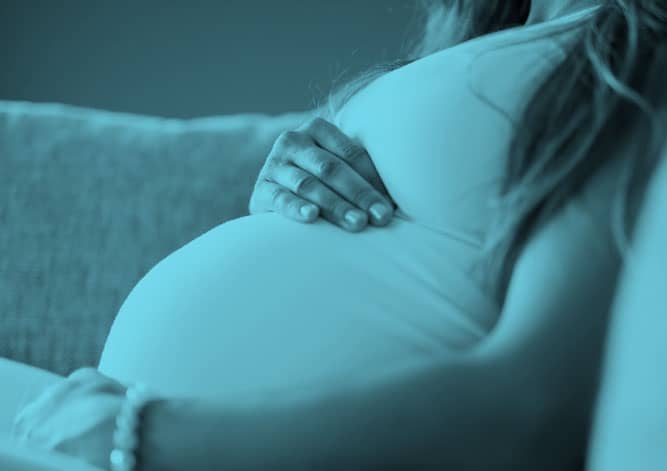
Pregnancy and fertility
Due to the risk posed by the virus, women that have been pregnant during the pandemic found themselves in a unique situation by which the usual prenatal appointments took place. Some expectant mothers found themselves chatting to their midwife remotely over the phone, and routine scans saw fathers and birthing partners unable to attend due to restrictions.20
However, doctor’s appointments weren’t the only changes during their pregnancy, expectant mothers no longer had the usual support from family and friends.20 Suddenly there were no gender reveals, baby showers or wetting the baby’s head. This lack of the social aspect of pregnancy and post-birth celebrations for the new arrival led to feelings of loneliness for new and expectant mothers. A study in the US found that half of the pregnant women assessed reported clinically significant symptoms of depression, and 62% were experiencing clinically significant anxiety symptoms; these figures were double to those taken pre-pandemic.21-23
The emergence of the vaccine allowed many restrictions to be lifted and life to return to some kind of normal again. However, concerns raised from misinformation spread on social media on how the vaccine can affect pregnant mothers and future fertility could be putting women and young girls at further risk. Hesitancy in getting the vaccine means that almost 40% of 18 to 29-year-olds in the EU/EAA had not received their first jab at the time of writing.24
These social-media fuelled claims are strongly denied by experts such as Laura Morris, MD who says that “There is no plausible reason—no medical or scientific mechanism—for this vaccine to interact with a woman’s reproductive organs”.25
For young women who continue to follow the zeitgeist and don’t receive the vaccine, the risk of harm from the virus could be even higher due to the link between pregnancy and a lowered immune system.26
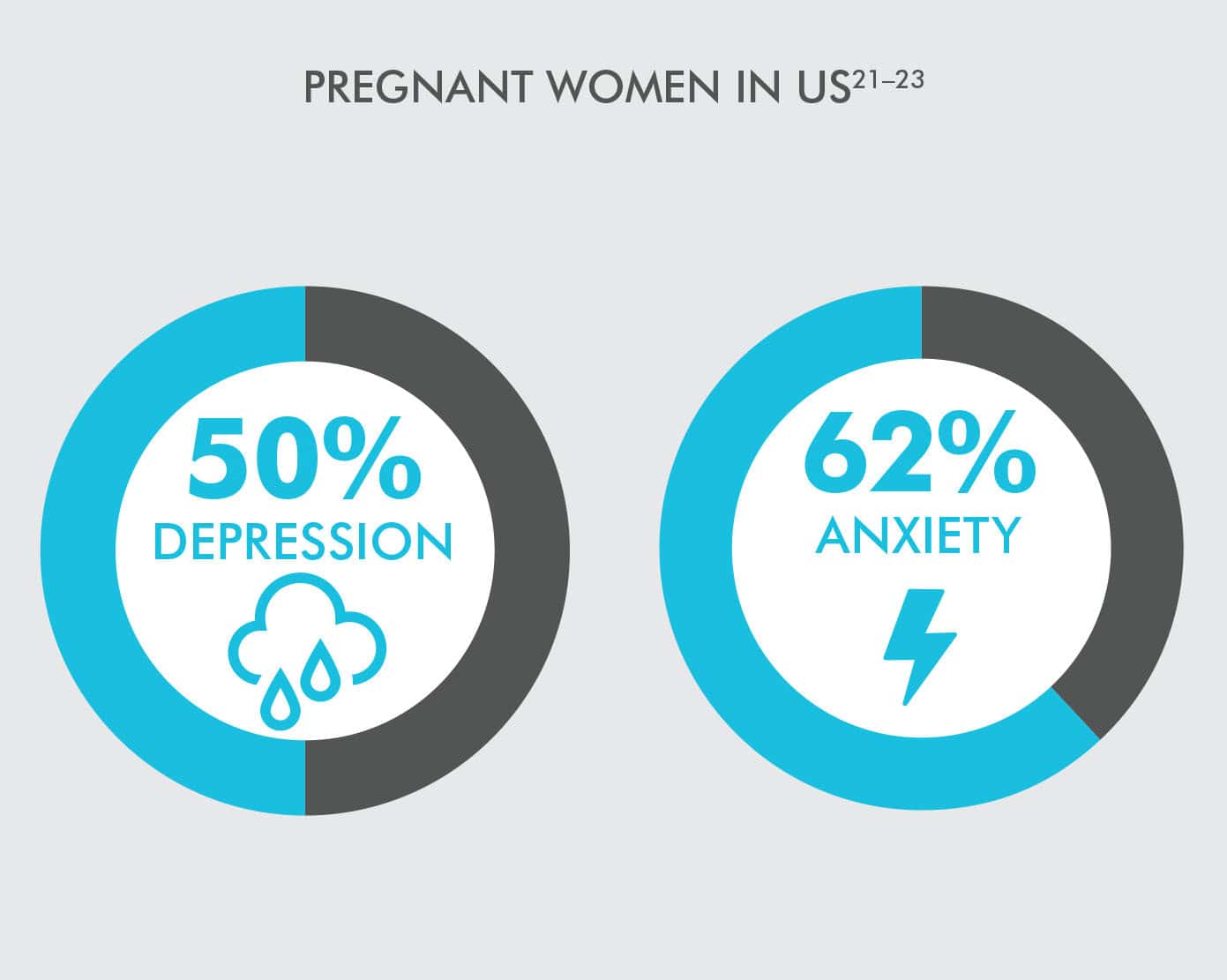
Can we use this knowledge to improve the situation for women?
The COVID-19 pandemic has exacerbated existing gender inequalities and potentially undone some of the gains made in developed and developing countries alike. So, what can be done to improve the lives of women in a post-pandemic world and provide security that this will not be undone again?

The policies set out by UN Women would build more equal, inclusive, and sustainable economies and societies; key for providing a financially stable future for women.7 Programmes such as those have been implemented by 106 countries in response to the COVID-19 crisis to boost the economic status of women.27
What can be done to reduce gender inequality?
The burden of unpaid care has been a long-term driver of inequality for women. The COVID-19 pandemic has both exacerbated and spotlighted this issue for women globally. The invisible work women do to support their families and the formal economy needs to be recognised and supported to prevent the over-stretching of women. Immediate action is needed to guarantee care for children and the vulnerable. Ways to do this include expanding access to paid family and sick leave in the informal sector, paid reductions in working time for workers with caregiving responsibilities and expanding childcare support for working parents to relieve some of the burden of unpaid care work.7

To protect female health-care workers, PPE must be the appropriate size and the voices of those on the frontline must be included in key decision-making policies nationally and globally. To protect the health of all women, the UN states that provisions must be made to continue providing sexual and reproductive services, and support for victims of violence such as moving some resources online, so they are accessible to more people.7
Providing women globally with adequate healthcare, specific to their needs, is essential in allowing women to live and contribute to a gender-equal society.
The health of new and expectant mothers at this current time must be addressed. Resources and support networks should be in place to provide help and guidance despite restrictions. Investment into the socialisation of mother and baby with baby and toddler groups would go a long way in dissipating the feelings of loneliness new mothers are reporting. The return of normal prenatal appointments allowing fathers to be present may decrease some of the anxiety first-time and expectant parents have in the run up to their new arrival.
Similarly, extra attention needs to be given to girls and young women around informing them about the vaccine. With rates of uptake lower in this age group compared to others globally, efforts must be focused on understanding why there is hesitancy and providing women with unbiased information so they can make an informed decision on taking the vaccine. Ignoring this problem could lead to a future health crisis of young women becoming severely ill due to COVID-19. One study showed that unvaccinated people were nearly 30 times as likely to be hospitalised due to COVID-19 than vaccinated people.28
The response to COVID-19 must include policies that reduce the inequalities women faced pre-pandemic that have only been exacerbated. Every nation must include women in the decision-making of these policies and re-evaluate existing schemes and services to ensure women are levelled-up in the same way as men.
Have there been any positive impacts of the pandemic for women?
The pandemic has brought significant change—including impacts on how we work, socialise, and protect our health. But not all of these changes are negative. In fact, the way we have adapted in the face of the pandemic could be used as a catalyst to ending inequality. The new normal of working from home has been a challenge for many of us at times but the flexibility that comes with this could allow women to increase their productivity, working hours and work-life balance.
The Fawcett Society believe that the flexibility around working hours and location is key to women balancing paid work and unpaid care work.14 The lack of a commute to and from work frees up more time in the day which could be spent by starting work earlier and therefore finishing earlier to accommodate childcare. The flexibility of working hours and location many businesses now offer to its employees will further women’s opportunities in the workplace and economic contributions.

The burden of unpaid care work performed by women could also be decreasing. Unpublished research from Canada found that over 40% of fathers were cooking more and 20% were spending more time doing the laundry and cleaning.29 A performance marketing company, Fluent, reported that almost two-thirds of men wanted to keep working from home to increase their family time.30 By sharing the burden of this work equally among men and women, women will be able to make further gains economically and socially in their fight for equality.
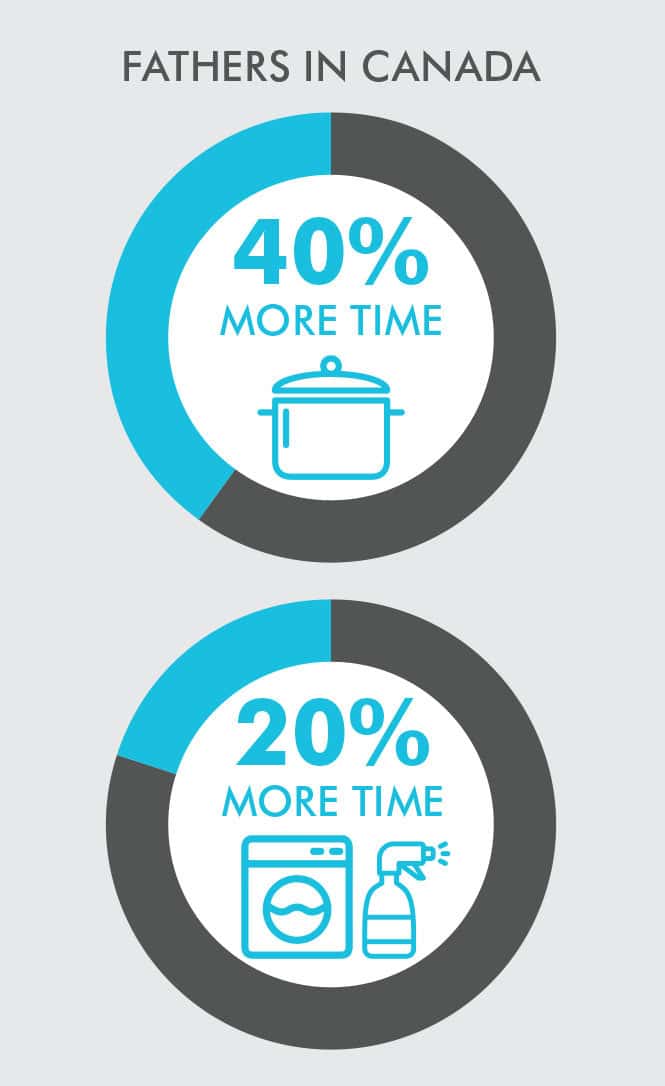
While the pandemic has highlighted many of the inequalities that women face in life, we must now act on this knowledge, implementing recovery measures that will further benefit women and help to end gender inequality, hopefully leaving us in a better position than we were before 2020.

References:
1. Scully E P et al. Considering how biological sex impacts immune responses and COVID-19 outcomes. Nat. Rev. Immunol. 2020. Resource.
2. Jin J-M et al. Gender Differences in Patients With COVID-19: Focus on Severity and Mortality. Front. Public Heal. 2020. Resource.
3. Kragholm K et al. Association between male sex and outcomes of Coronavirus Disease 2019 (Covid-19) – a Danish nationwide, register-based study. Clin. Infect. Dis. 2020. Resource.
4. Singh, S et al. Gender-Based Disparities in COVID-19: Clinical Characteristics and Propensity-matched Analysis of Outcomes. medRxiv. 2020. Resource.
5. COVID-19 and gender equality: Countering the regressive effects. McKinsey & Company. Resource. Published July 2020. Accessed September 14 2021.
6. Beijing Declaration and Platform for Action. UN Women. Resource. Published 1995. Accessed September 14 2021.
7. Policy Brief: The Impact of COVID-19 on Women. UN Women. Resource. Published 2020. Accessed September 14 2021.
8. COVID-19’s Global Impact on Domestic & Sexual Violence Support Services. No More. Resource. Published March 2021. Accessed September 14 2021.
9. Covid Vaccine: Fertility and Miscarriage Claims Fact-Checked. BBC News. Resource. Published August 2021. Accessed September 14 2021.
10. The RCOG and the RCM Respond to Misinformation Around COVID-19 Vaccine and Fertility. Royal College of Obstetricians & Gynaecologists. Resource. Published January 2021. Accessed September 14 2021.
11. The Life Cycle Of A COVID-19 Vaccine Lie. NPR. Resource. Published July 20 2021. Accessed September 14 2021.
12. Heading off the Covid-19 Recession. Forbes. Resource. Published 2020. Accessed September 14 2021.
13. Current Employment Statistics – CES (National), Employment and Earnings Table B-5b. U.S. Bureau of Labour Statistics. Resource. Last updated September 3 2021. Accessed September 14 2021.
14. Coronavirus Crossroads: Equal Pay Day 2020 Report. Fawcett Society. Resource. Published November 2020. Accessed September 2021.
15. Gender Equity in the Health Workforce: Analysis of 104 Countries. WHO. Resource. Published 2019. Accessed September 2021.
16. Lai J et al. Factors associated with mental health outcomes among health care workers exposed to coronavirus disease 2019. JAMA Network Open. 2020. Resource.
17. de Paz C et al. Gender Dimensions of the COVID-19 Pandemic. Washington, DC: World Bank. 2020. Resource.
18. Intensification of Efforts to Eliminate All Forms of Violence Against Women: Report of the Secretary-General (2020). UN Women. Resource. Published 2020. Accessed September 2021.
19. Protecting Women’s Health During a Pandemic. Reliefweb. Resource. Published August 2020. Accessed September 2021.
20. Pregnant during Pandemic: The Bump That No One Saw. Scientific American. Resource. Published February 4 2021. Accessed September 14 2021.
21. Pregnancy During COVID-19 Lockdown: How the Pandemic has Affected New Mothers. The Conversation. Resource. Published May 2021. Accessed September 2021.
22. Lebel C, Mackinnon A, Bagshawe M, et al. Elevated Depression and Anxiety Symptoms Among Pregnant Individuals During the COVID-19 Pandemic. Journal of Affective Disorders. 2020. Resource.
23. Pregnancy and COVID: What the Data Say. Nature. Resource. Published March 2021. Accessed September 2021.
24. COVID-19 Vaccine Tracker. Accessed September 2021.
25. Does the COVID-19 Vaccine Affect Fertility? Here’s what the experts say. MU Health Care. Resource. Published 2021. Accessed September 2021.
26. Harapan H et al. Coronavirus disease 2019 (COVID-19): A literature review. J Infect Public Health. 2020. Resource.
27. Social Protection and Jobs Responses to COVID-19: A Real-Time Review of Country Measures. Ugo Gentilini. Resource. Published April 2020. Accessed September 2021.
28. Griffin JB et al. SARS-CoV-2 Infections and Hospitalizations Among Persons Aged ≥16 Years, by Vaccination Status—Los Angeles County, California, May 1–July 25, 2021. MMWR. 2021. Resource.
29. How Covid-19 is Changing Women’s Lives. BBC. Published July 2020. Accessed September 2021.
30. Working-from-Home Perceptions. Fluent Pulse. Resource. Published May 2020. Accessed September 2021.





